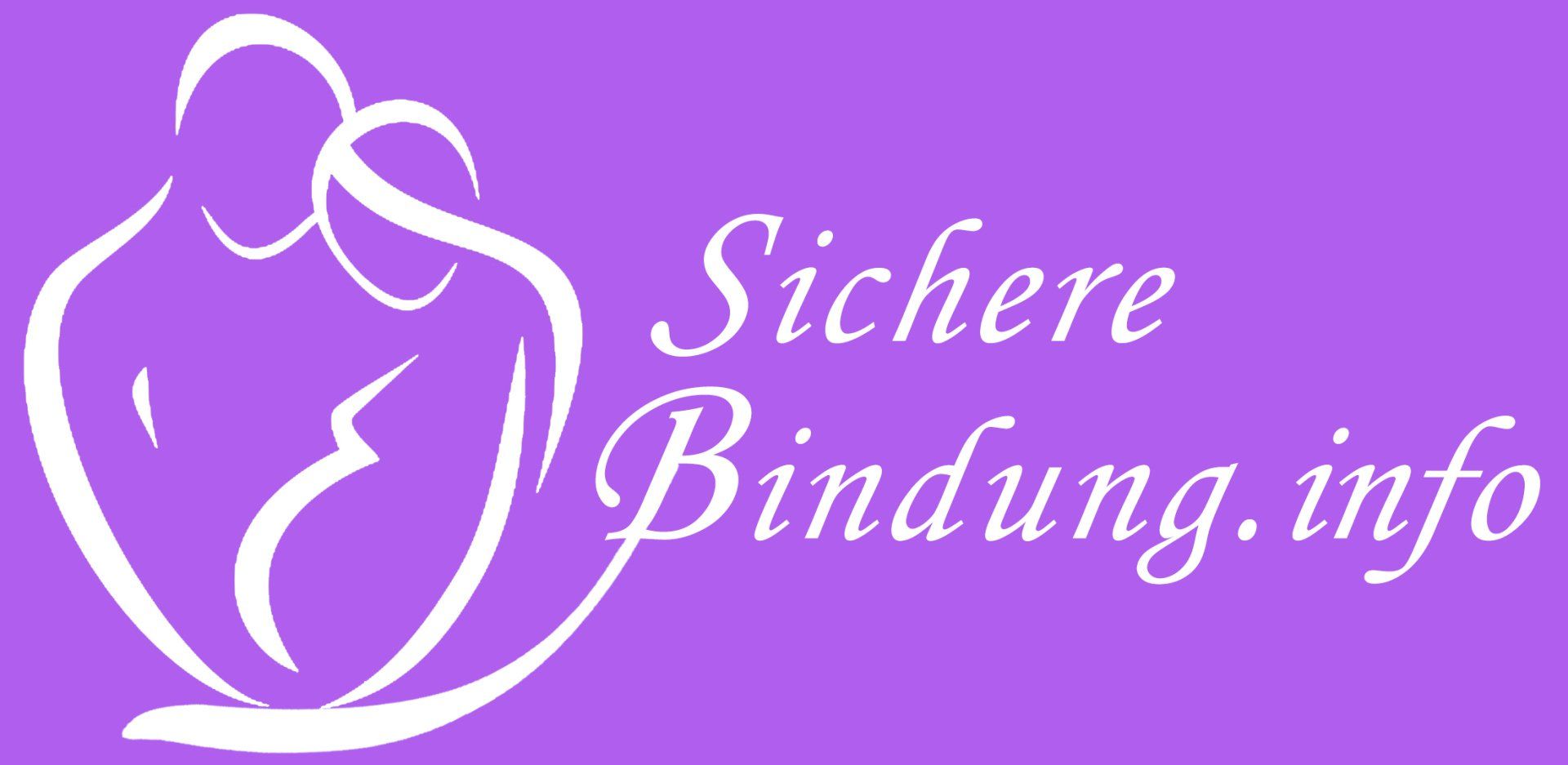Attachment theory
The stranger situation test
The Foreign Situations Test (FST) is a developmental psychology experiment developed by Mary Ainsworth to test a child-mother relationship regarding John Bowlby's criteria for secure attachment. Mary Ainsworth succeeded in using Bowlby's attachment model in one to make the standardized situation observable. In this situation, 12 to 18-month-old children find the typical circumstances, which according to Bowlby's theory activate both attachment and exploratory behavior, in an almost natural situation. As a result, differences in binding and exploration behavior can be observed.
Mary Ainsworth uses the alien situation test to distinguish four types of attachment, whereby in eight episodes of three minutes each, the attachment behavior of the 12 to 18-month-old child is activated by a double short separation from the mother in a foreign environment and examined after reunification with the mother will (Stegmaier, 2008): Procedure of the foreign situation test1. Mother and child enter the play room. 2. You acclimatize and the child can explore the unfamiliar space. 3. A stranger enters and contacts the mother and child. 4. The mother leaves and the stranger stays behind with the child. 5. The mother returns and the stranger leaves. 6. The mother leaves the room again, but the child remains alone. 7. The stranger comes along. 8. The mother appears and the stranger leaves. (Source: Stangl, W. (2020). Keyword: 'types of attachment'. Online lexicon for psychology and pedagogy.WWW: https://lexikon.stangl.eu/5727/bindingstypen/ (2020-02-09))
1. FST / The secure attachment type The securely attached child has confidence in the reliability and availability of the attachment person and explores undisturbed in their presence. The attachment person is perceived as a safe starting point for exploring the environment. When separated from her, the child shows clear attachment behavior with shouting, searching and crying and appears stressed. The child clearly differentiates between the attachment person and does not allow himself to be comforted by the stranger. When the attachment figure returns, the child demonstrates joy and immediately seeks physical contact. As a result of the experience of predictable calming through the attachment figure, it can quickly return to its environment in exploratory fashion. (Stangl, 2020).
2. FST / The unsafe-avoiding type of attachment The unsafe-avoiding child shows no signs of alarm or missing in the absence of the attachment person. It seems to continue exploring without restrictions, shows little attachment behavior and accepts the stranger as a substitute. The child is very agitated inside. When the attachment person returns, they are ignored and physical contact is rejected. The child who has been bound unsafe and avoiding has internalized the attachment person as rejecting. In order not to have to experience this rejection permanently, contact is avoided and if possible no uncertainty is shown. The attachment figure is characterized by a lack of expression of emotion, rejection and aversion to physical contact, and frequent signs of anger. The child cannot develop trust in support, but expects rejection. As a result, the child suppresses its propensity to approach, at least to remain within tolerable proximity to the mother. Negative feelings are suppressed. (Stangl, 2020).
3. FST / The insecure-ambivalent type of attachment The insecure-ambivalent child is strongly fixated on the attachment person. Due to its chronic activation of the binding system, it is severely limited in its exploration behavior even when the binding person is present. The unpredictable experiences of interaction with the attachment lead to anger and resistance when the attachment tries to comfort the child. In repeated succession, the child seems aggressive and angry with the attachment person, on the other hand, it seeks contact and closeness in the next moment. Negative feelings cannot be integrated. (Stangl, 2020).
4. FST / The insecure disorganized attachment type Compared to the other attachment patterns, the insecure disorganized attachment child shows a less consistent behavior strategy, but is characterized by emotionally contradictory and inconsistent attachment behavior. These behaviors are, in particular, motor sequences of stereotypical behaviors, or the children stop as they move and freeze for a few seconds. In general, no specific behavior can be determined when the attachment person separates and returns. At the same time, stress levels are just as high as in the unsecured child. This attachment pattern is seen as a “getting stuck between two behavioral tendencies”, the closeness to the attachment person and the turning away from him. Emotional communication is disturbed because the caregiver is both the source and the resolution of fear. Main & Salomon (1990) added this fourth category, in which children show very striking, contradictory behaviors that were previously considered unclassifiable. (Stangl, 2020).
Many thanks to Joni & Janine for their illustrative videos!
Literature usedStangl, W. (2020). Keyword: 'binding types'. Online lexicon for psychology and pedagogy.www. https://lexikon.stangl.eu/5727/bindingstypen/ (2020-02-09)
This area was realized thanks to the financial support of the following people: Dipl. Psych. Sema Ley



